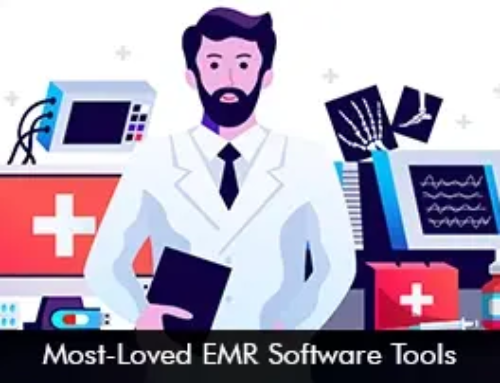Healthcare interoperability is critical for the seamless exchange of patient data between hospitals, departments, and healthcare providers. Through Electronic Medical Records (EMR) Software interoperability hospitals and caregivers can reduce gaps in care and improve patient care through seamless care coordination. According to an ONC data brief 70% of hospitals participate in healthcare interoperability.
Importance of EHR Software Interoperability across Hospitals
Improved Patient Care
Enhancing patient care quality is one of the advantages of interoperable Electronic Health Records Software. Healthcare practitioners can make more informed decisions when hospitals have seamless access to and sharing of comprehensive patient records. For example, when a patient is moved from one hospital to another, all of the patient’s previous treatments, current prescriptions, and medical history are accessible to the receiving institution. Better patient outcomes result from rapid access to precise information, which lowers the possibility of medical errors such as prescribing drugs that shouldn’t be used, and guarantees continuity of care.
Boost in Operation Efficiency and Cost Reductions
Healthcare expenditures can be considerably decreased and operational efficiency greatly increased with EMR systems interoperability options. The need for unnecessary testing and procedures is eliminated when hospitals can communicate data with ease. For instance, results from imaging examinations or lab tests that a patient has already had at one hospital can be shared with another, saving the need for duplicate testing. This lowers expenses, expedites diagnosis and treatment procedures, and lessens the load on patients. Additionally, less administrative work and streamlined procedures allow medical staff to concentrate more on patient care rather than paperwork.
Public Health Research with EHR Software Interoperability
Interoperable EMR Software systems can also be extremely useful in medical research and public health monitoring. Researchers can spot trends, track illness outbreaks, and assess the efficacy of medicines on a broader scale by combining anonymized patient data from several hospitals.
This can lead to better-informed public health policy and the creation of novel treatment methods. During public health emergencies, such as pandemics, the capacity to rapidly communicate and analyze data across various hospitals can boost response efforts, improve resource allocation, and ultimately save lives.
Moving Ahead
Without healthcare interoperability gaps in care can arise which can have serious repercussions on patient care. Initiatives like TEFCA can help combat any barricades to data exchange. Furthermore, adopting common standards by hospitals like HL7 and FHIR can lead to a more interoperable environment for efficient healthcare delivery.








